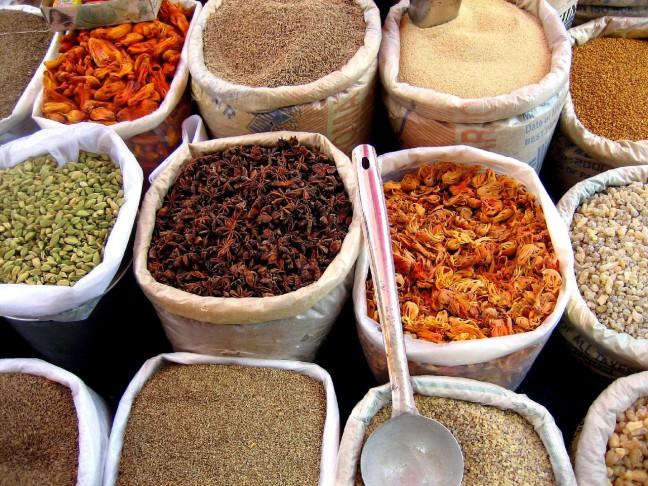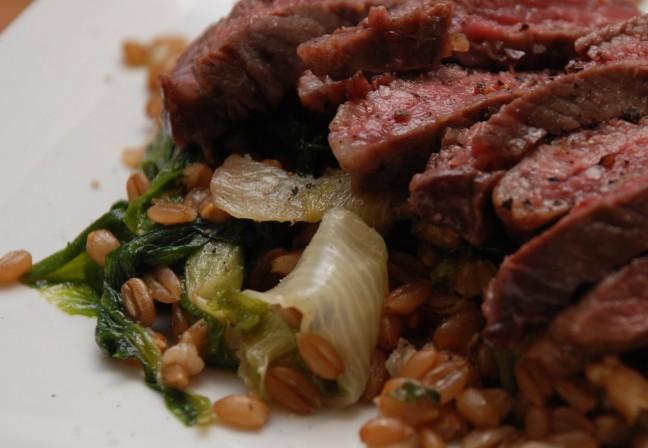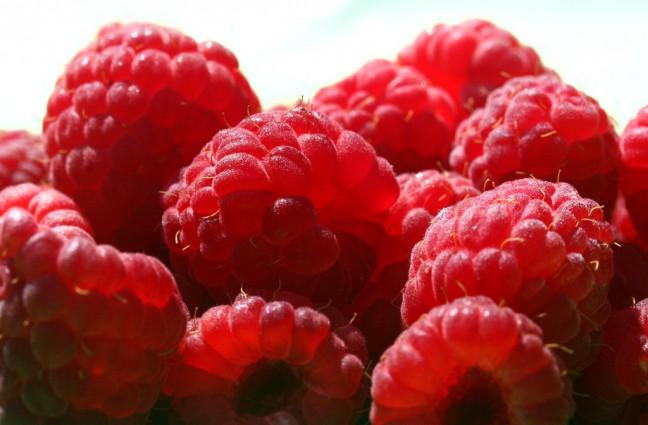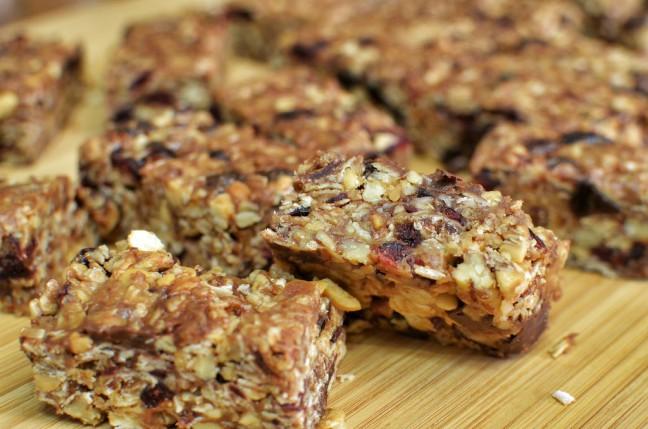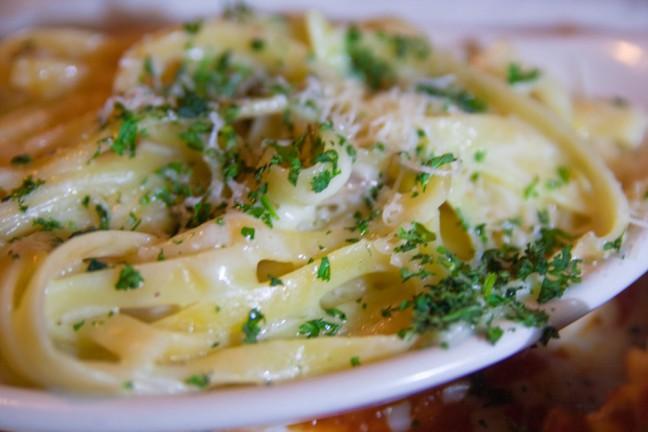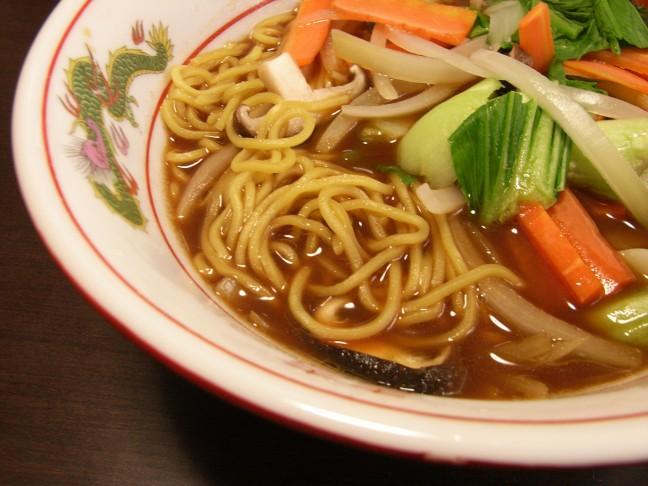Maybe it’s the apple cider, the pumpkin-flavored everything, or the savory Thanksgiving dinner, but something about fall puts many of us in spice overload. Spices are a great way to enhance the flavor of your meal while providing health benefits, such as protection against certain cancers, diabetes and heart disease. Spices offer an exciting way to make less popular foods like vegetables much more tempting without adding the always popular salt.
Culinary use of spices dates back to as early as 3,000 B.C. They served a variety of purposes, including preservation and medication. Spices were also often used as perfume. After all these years their purposes may have shifted, but their versatility has not. Whether you’re working with vegetables, fruits, meat or nuts, there’s always a spice to complement your cooking and excite your palate.
But matching spices with the appropriate food can be an intimidating task. Luckily, there are plenty of charts available online to help this pairing process. However, there’s still an overwhelming amount of spices available on the market, and the lack of cupboard space in most college apartments doesn’t help. Here is a list of 10 essential spices for your kitchen to help create the perfect spice rack.
- Allspice
Just as the name implies, allspice is a combination of flavors including cinnamon, nutmeg, cloves and pepper. It is a staple in Jamaican cuisine, particularly for Caribbean jerk seasoning. In other parts of the world allspice is mostly used for meats and stews. Here in the United States, it’s often used in baking (think mom’s pumpkin pie). - Cayenne pepper
Cayenne delivers a hot and spicy flavor, perfect for those who can handle some heat. It’s used in a wide variety of ethnic cuisine including Cajun, Creole, Asian and Mexican. It’s very versatile and can be added to just about anything to give a little kick. Some people even mix it with their homemade hot chocolate mix. - Cinnamon
Often used in baking, cinnamon brings out a warm, sweet flavor. It is most commonly found in baked goods like muffins, pies and cookies, but also tastes great in hot beverages like apple cider, coffee and chai tea. Additionally, cinnamon can be used in Mexican or Moroccan dishes like burritos or spiced chicken, respectively. You can purchase it ground or as cinnamon sticks. - Chili powder
Chili powder is a blend of different spices and offers a hot, smoky flavor. It is most often used in Mexican, Indian, Chinese, Korean and Thai cooking. You can add it to chili, as the name implies, as well as to vegetables for roasting. Chili powder is also a great addition to spice rubs for grilling meat. - Cloves
Another common baking spice, cloves offer an intense flavor unlike any other. Cloves pair well with cinnamon in baking your favorite holiday goodies. They’re also used in soups and Mexican dishes like mole sauce. Cloves can be purchased ground or whole. Whole cloves can be pierced into the surfaces of foods to help deliver flavor; this is often done with meat products, especially ham. - Cumin
Cumin has a distinct, unique flavor. Commonly found in recipes for Mexican and Indian cuisine, cumin is bitter and earthy with a hint of hot spice. It pairs well with starchy foods like potatoes and rice, as well as many vegetables including eggplant, cabbage, carrots and squash. Cumin is also a delicious addition to savory breads. - Curry
Curry powder consists of a blend of several spices and is often used in Indian cooking. It has a deep, earthy flavor which can be described as both spicy and sweet depending on the variety. Curry tastes great in soups, stews and sauces. It is a popular seasoning for meats and vegetables as well. - Ginger
Ginger is used in a wide variety of dishes. From Indian curry to Asian stir-fry, it gives a unique flavor — a mix of spicy and sweet. It goes well with vegetables such as sweet potatoes, carrots and beets. It is also used in baked goods like gingerbread and gingersnaps. Ginger is one of the contributors to the popular pumpkin spice blend. - Paprika
Paprika is probably best known for its bold, red color, often seen sprinkled atop deviled eggs and potato salads. The different types include hot, sweet, smoked, plain, Hungarian and Spanish. Its full flavor ranges from mild to spicy, depending on the variety, and is popular in marinades and rubs, stews, chili and as garnish. - Nutmeg
Nutmeg is both sweet and savory, making it extremely versatile. It pairs nicely with other warm spices like cinnamon in baked goods. It can even be added to your morning cup of coffee instead of sugar. Meat-based dishes like lasagna and ragus often include nutmeg to help bring out the flavor.
As the saying goes, “Variety is the spice of life!” Don’t be afraid to experiment with spices next time you’re in the kitchen. You never know what finger-licking flavor combination you might create.
This week’s recipe is a tasty treat to pack for class. This recipe is full of flavor and bursting with antioxidants and heart-healthy fats provided by the pecans.
Sweet and Spicy Pecans
Ingredients:
- 4 cups pecan halves
- 2 tablespoons packed brown sugar
- 1 teaspoon cocoa powder
- 3/4 teaspoon chipotle chili powder
- ½ teaspoon ground cinnamon
- ¼ teaspoon ground ginger
- ¼ teaspoon smoked paprika
- 2 tablespoons butter, melted
- A pinch of salt
Directions:
Preheat oven to 200 F. Combine the brown sugar, cocoa powder and spices in a small bowl. Set aside.
Spread the pecans onto a baking sheet in an even layer. Roast in the oven for 12 to 14 minutes.
Carefully transfer the nuts to a large bowl. Pour the melted butter over the pecans and stir. Add the spice mixture and continue mixing until the pecans are fully coated.
Return the pecans to the baking sheet and roast for another 3 to 5 minutes, making sure they do not burn. Let pecans cool. Lightly sprinkle with salt before serving.


